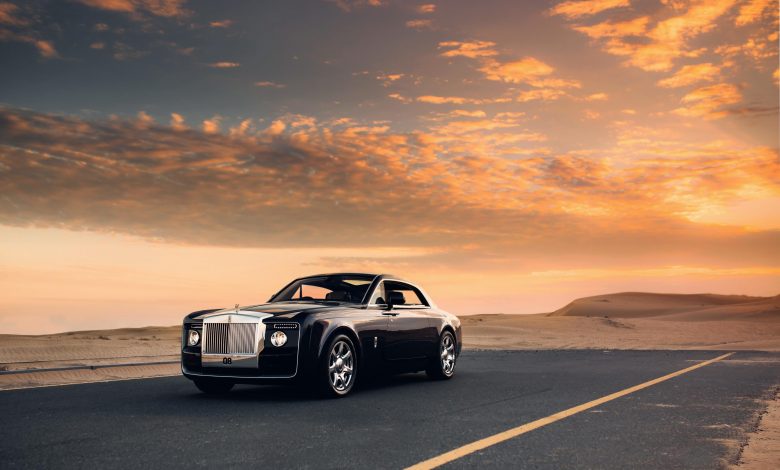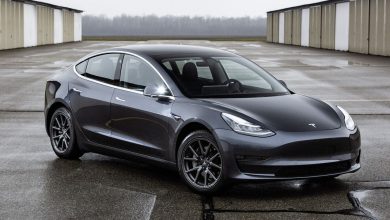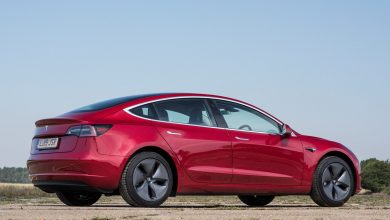Rolls-Royce tracing back its Coachbuilding Legacy, re-establishes its coachbuild department
The luxury UK marque's return to its roots means the revival of its rich heritage and the return of the art, slowly entering the limelight once again.

Remember the Rolls-Royce Sweptail headlining at UK Concours d’Elegance in Hampton in 2018? The Sweptail was built off of an old Phantom, following the precise directions of the future patron, assisted by Rolls-Royce designers. And ever since the unveiling, the automotive world wondered whether coachbuilt cars are making a comeback. And finally, after a wait of three years, we can confirm the art of Coachbuilding will live on with future generation of cars.
The British luxury automaker, Rolls-Royce has recently announced that it has re-established its Coachbuild department. This department will allow prospective clients the chance to commission bespoke body styles while keeping within the company’s time-honoured design principles.

“We have formally re-established our Coachbuild department for those patrons who wish to go beyond the existing restraints and explore the almost limitless possibilities this opens up for them. We are able to offer our customers the opportunity to create a motor car in which every single element is hand-built to their precise individual requirements, as befits our status as a true luxury house,” said Torsten Müller-Ötvös, chief executive officer, Rolls-Royce Motor Cars.
Rolls-Royce is one of the few brands which offers a whole ton of unique customisation options to the customers on its cars with more than 44,000 paint schemes. And aside from a few small companies like Carrozzeria Touring Superleggera, coachbuilding is virtually nonexistent in the modern era because new cars no longer ride on a separate chassis. But the luxury UK marque’s return to its roots means the revival of its rich heritage and the return of the art, slowly entering the limelight once again.

Rolls-Royce says that its coachbuilt offerings will continue to follow the brand’s design tenets that have been incorporated in the automaker’s cars to this date. These design principles have included a body to wheel-size ratio of 2:1 – established by the 1907 Silver Ghost – and a body shape defined by three fluid lines running the length of the car. Each car, as with all current Rolls-Royces, will wear the Spirit of Ecstasy figurine.
According to the company, the Architecture of Luxury creates four fixed points at each corner of the motor car. The distance between them can be whatever the designers and engineers want it to be: bulkhead, floor, cross member and sill panels can all be stretched or shrunk or increased in height according to the product. lustzone.ch

Photo: James Lipman / jameslipman.com
The concept has proved successful, forming the basis for the Cullinan SUV launched in 2019, and in 2020, the new Ghost. Basically, this flexibility opens up new possibilities for coachbuilding. By moving away from monocoque construction to something closer to a traditional rolling chassis, Rolls-Royce has reacquired the freedom to construct almost any body shape its patrons can imagine, constrained only by fundamental design and engineering requirements. This means that Rolls-Royce and its patrons can now look beyond Bespoke and build the car itself, to the commission.




